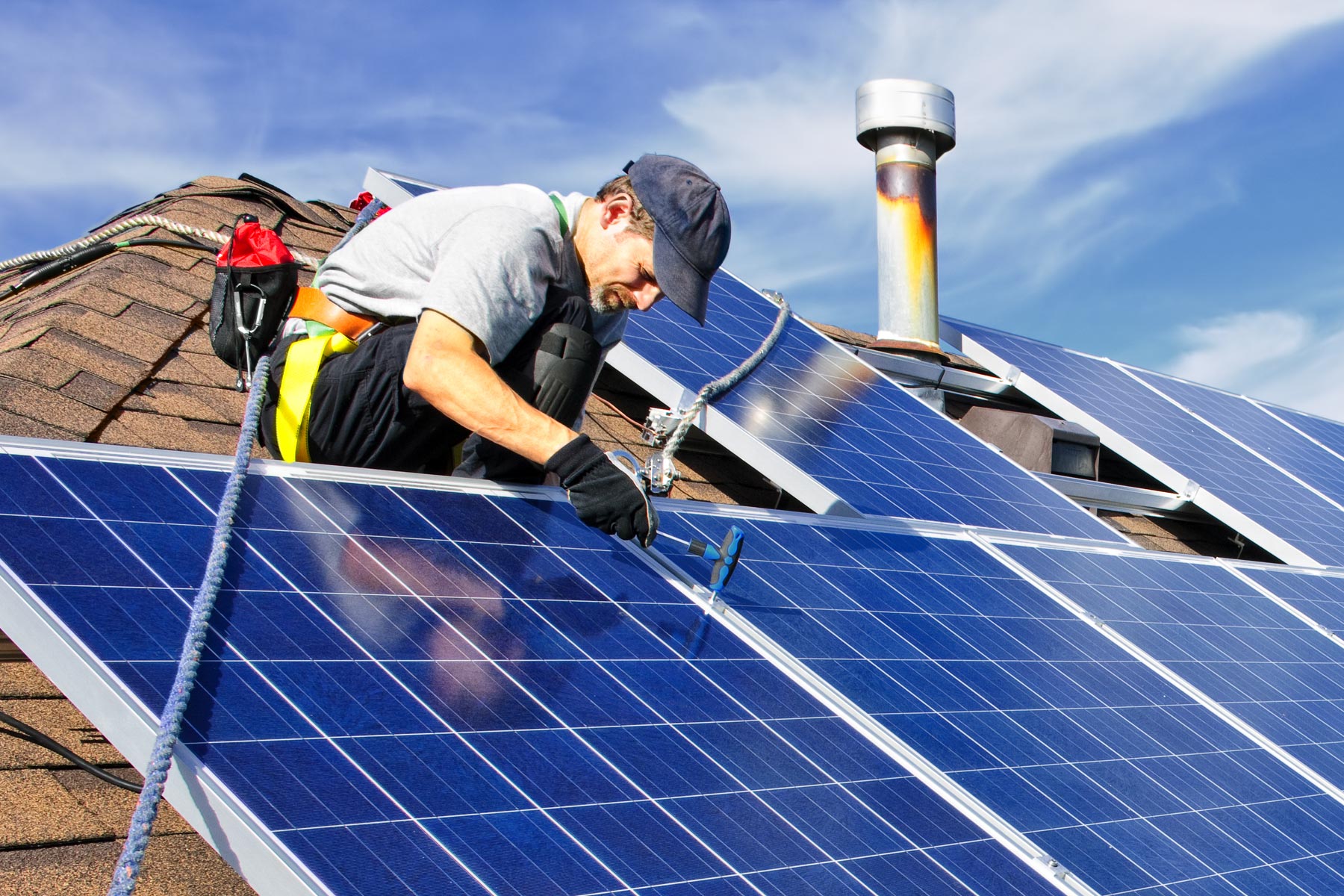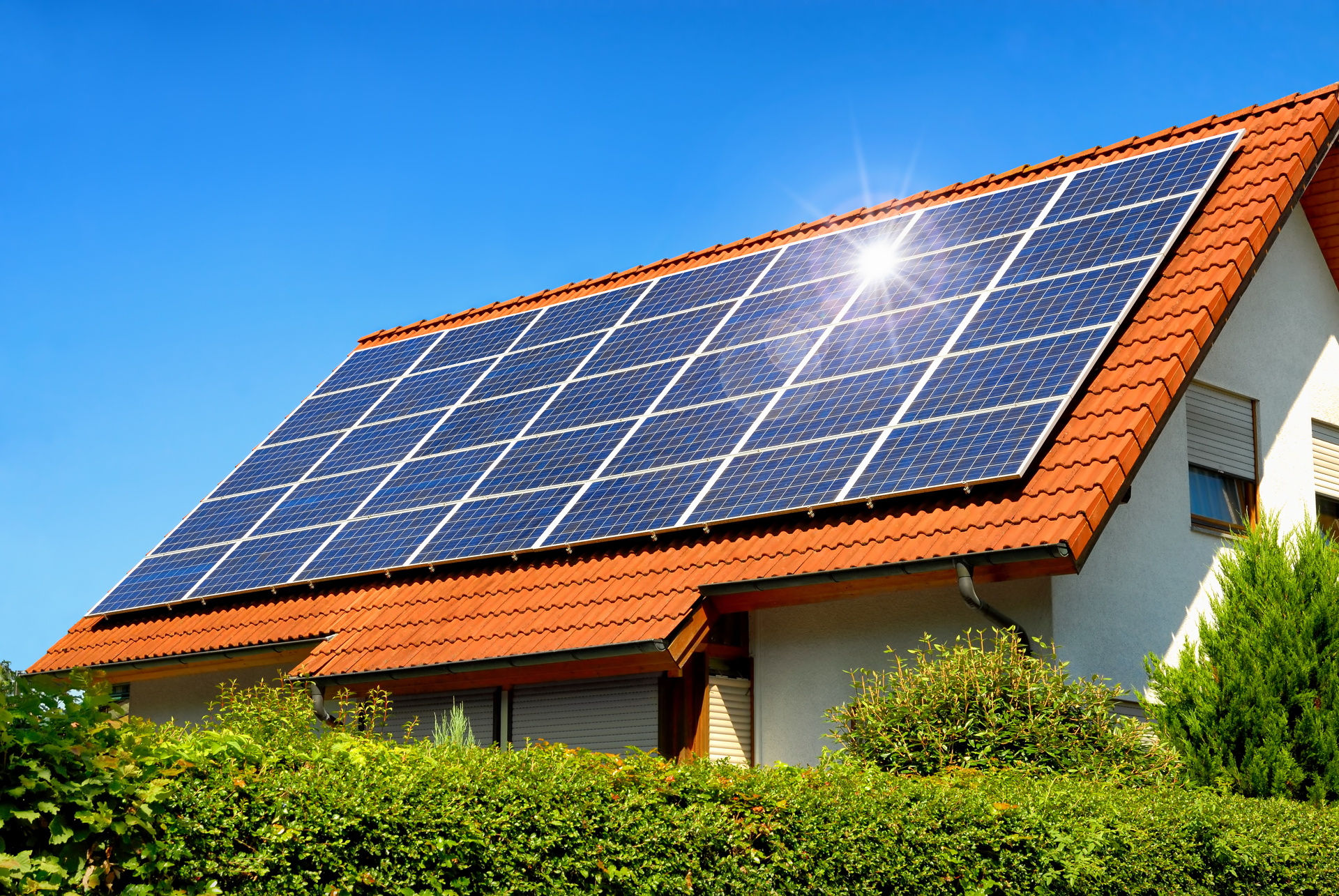Solar Power Panels: Photovoltaic Panel Installation for Small Businesses
Solar Panel System: Renewable Energy Systems Harness Sunlight To Create Clean Electrical Energy For Homes And Businesses
History and Development of Solar Panels
Have you ever stopped to question how a basic piece of technology turned sunlight into electricity? The journey of solar panels is nothing except a modern-day impressive, woven with moments of curiosity, innovation, and a dash of serendipity. It was back in 1839 when Edmond Becquerel, a young French physicist, noticed that specific products produced small electrical currents when exposed to light. This discovery planted the seed for what would ultimately end up being the photovoltaic revolution.
Early Milestones in Solar Innovation
- 1876: William Grylls Adams and his trainee Richard Evans Day demonstrated that selenium could generate electricity from light, a precursor to modern-day solar cells.
- 1954: Bell Laboratories revealed the very first useful silicon solar battery, which transformed sunlight to electrical power at about 6% efficiency.
- 1960s: Solar panels found a specific niche in powering satellites, proving their worth in space exploration.
Isn't it remarkable how something developed for orbit ultimately found its method to rooftops worldwide? The trajectory of solar panels from experimental interests to trusted energy sources mirrors the more comprehensive dance of human resourcefulness and ecological awareness.
Secret Developments That Shaped Solar Panels
| Year | Development | Effect |
|---|---|---|
| 1970s | Thin-film solar cells presented | Decreased product expenses, increased versatility |
| 1980s | Improvements in silicon pureness | Enhanced effectiveness and life-span |
| 2000s | Development of multi-junction cells | Enhanced energy conversion rates substantially |
Reflect for a minute: how did these incremental improvements change the landscape of sustainable energy? By continuously pressing boundaries, solar technology transformed from a specific niche innovation into an international powerhouse. The efficiency and cost of solar panels surged, igniting a wave of adoption that appeared impossible just a couple of years before.
Personal Insight: A Sunlit Surprise
I remember going to a small rural village where the installation of solar panels stimulated an extensive modification. Kids studied under intense LED lights powered entirely by the sun. It struck me-- this technology didn't just convert photons; it converted hope into tangible development. Isn't that the supreme power of solar power?
In the grand tapestry of energy history, photovoltaic panels stand apart as Solar Installation Services a beacon-- a testament to human willpower and the relentless pursuit of cleaner, sustainable futures. From the curious experiments of 19th-century scientists to the streamlined, effective arrays we see today, the story of photovoltaic panels reminds us that sometimes, the brightest ideas begin with a basic ray of light.
Unveiling the Spectrum: Types of Photovoltaic Panel Technologies
Ever questioned why some photovoltaic panels shine like glass while others resemble dark, matte tiles? The secret lies deep in their innovation. From crystalline silicon to thin films, photovoltaic panels come in an array of styles, each with its quirks and effectiveness.
Crystalline Silicon Panels: The Workhorse of Solar
Monocrystalline and polycrystalline panels control the landscape. Monocrystalline, made from a single silicon crystal, uses the greatest efficiency rates-- sometimes going beyond 22%. This comes at an expense: their production procedure is energy-intensive. Polycrystalline panels, on the other hand, are made from multiple silicon fragments melted together. They sport a particular speckled blue color and typically fall a little behind in efficiency, hovering around 15-17%. They typically cost less upfront.
Picture installing a monocrystalline array on your rooftop; the smooth black panels absorb the sun's rays like a sponge. However what if your roof's shape or shading isn't perfect? Polycrystalline panels may handle partial shading better, a nuance typically overlooked.
Thin-Film Solar Panels: Flexibility Satisfies Innovation
Thin-film technology departs from the large silicon wafers and instead layers photovoltaic material on substrates like glass, plastic, or metal. Cadmium telluride (CdTe) and copper indium gallium selenide (CIGS) are popular thin-film products using lightweight and versatile choices.
- Thin-film panels tend to perform much better in low-light or high-temperature environments.
- They're less effective general-- typically around 10-12%-- however their flexibility can be a game-changer for non-traditional installations.
- Due to the fact that they're lighter, they're often preferred for rooftops not able to support heavy loads.
Emerging Technologies and the Roadway Ahead

Perovskite solar batteries, often hailed as the next huge leap, have stirred enjoyment for their prospective to reach performances equivalent to silicon panels however at a portion of the expense. Yet, their durability remains under analysis, akin to an appealing unique whose ending is still unwritten.
Have you ever faced the disappointment of your solar output dipping suddenly? Sometimes, the culprit isn't dirt or shading but the panel's inherent reaction to temperature variations. Crystalline silicon panels tend to lose efficiency as temperatures soar, typically by about 0.5% per degree Celsius above 25 ° C. Specialist Tips for Choosing the Right Innovation
- Examine your environment: Is your place prone to high heat or frequent cloud cover? Thin-film panels may beat silicon in these conditions.
- Think about setup restraints: Limited roof area? Monocrystalline panels pack more power per square foot.
- Assess long-term toughness: Silicon panels have years of tested reliability, while brand-new innovations like perovskite are still proving their guts.
- Aspect in visual appeals and combination: Some homeowners value the smooth black look of monocrystalline panels, while others prefer the less noticeable thin-film choices.
| Technology | Typical Effectiveness | Strengths | Considerations |
|---|---|---|---|
| Monocrystalline Silicon | 20-22% | High performance, sleek appearance | Greater production energy, cost |
| Polycrystalline Silicon | 15-17% | Lower cost, simpler production | Less efficient, blue speckled look |
| Thin-Film (CdTe, CIGS) | 10-12% | Lightweight, flexible, excellent in shade | Lower performance, much shorter life-span |
| Perovskite (Emerging) | 15-20% (laboratory scale) | Possibly low expense, high efficiency | Stability and longevity concerns |
Setup: The Unsung Hero of Solar Efficiency
Imagine planting a seed in rocky soil and expecting a productive tree. That's what photovoltaic panel installation seems like when done without accuracy. The angle and orientation of your panels can make or break the energy harvest. Panels angled improperly might indulge in sunshine, but they will not convert it effectively.
South-facing roofing systems normally soak up the most sun in the northern hemisphere, but what about roofing systems that face east or west? Tilt modifications can compensate, but not completely. The difference between 15 degrees and 30 degrees tilt can easily translate into a 10-15% drop in annual output.
Pro tip: When setting up, avoid shadows cast by chimneys, trees, or even surrounding buildings. Just a small shadow on one cell can lower the entire panel's output drastically. Remember, solar batteries resemble dominoes; if one falls, the rest follow.
Key Installation Aspects Impacting Performance
- Panel Orientation: South-facing is optimum in lots of areas however consider geographic specifics.
- Tilt Angle: Adjust seasonally or fix at the average optimal angle for your latitude.
- Shading: Even intermittent shadows can trigger disproportionate energy loss.
- Roof Product: Reflective surfaces can increase panel temperatures, minimizing performance.
- Ventilation: Panels perform best when air flows beneath, avoiding overheating.
Performance Elements: Beyond the Surface area
Heat is a sneaky thief. Heats break down photovoltaic effectiveness. Panels rated at 25 ° C can lose 0.5% effectiveness per degree above that. In scorching summer seasons, that theft builds up, making a shaded but cooler panel surpass a hotter, "perfectly lit" one.
Ever noticed how a newly set up variety seems to hum with guarantee but slowly dips in output? Dust and grime do their part, but so does intrinsic degradation. Panels lose about 0.5% to 1% efficiency yearly, a subtle decrease that substances silently.
Advanced Tips for Optimizing Performance
- Microinverters: Usage these to ensure that shading or breakdown in one panel does not drag down the whole system.
- Bypass Diodes: They assist preserve output by separating shaded or damaged cells within a panel.
- Routine Tracking: Track output daily to capture dips triggered by unanticipated factors like bird droppings or debris.
- Optimize Circuitry: Thicker cables reduce resistance loss, specifically in bigger systems.

| Element | Effect on Effectiveness | Specialist Suggestion |
|---|---|---|
| Panel Temperature level | 0.5% efficiency loss per ° C above 25 ° C | Install panels with air flow underneath for cooling |
| Shading | Approximately 80% output decrease from partial shading | Trim surrounding foliage regularly |
| Orientation & & Tilt | 10-15% yearly output variation | Adjust tilt seasonally if possible |
| Electrical wiring Resistance | 2-5% energy loss in improperly sized cables | Usage properly gauged cable televisions |
Environmental Effect and Benefits of Solar Panels
Have you ever paused to consider how the sunshine recorded on your rooftop transforms into clean, eco-friendly energy!.?. !? Photovoltaic panel act like quiet guardians against the ruthless march of carbon emissions, turning photons into power without a whisper of pollution. The ecological footprint of solar innovation is staggeringly lighter compared to nonrenewable fuel sources, however it's not without its complexities.
One frequently overlooked aspect is the life process analysis of solar panels-- from basic material extraction to end-of-life disposal. Mining for silicon and uncommon metals can stir environmental ripples, yet advances in recycling technologies guarantee to close the loop better than ever previously. Imagine a future where photovoltaic panel waste becomes the raw material for the next generation of cells-- circular and sustainable.
Key Environmental Advantages
- Reduction in greenhouse gases: Photovoltaic panel produce zero emissions throughout operation, drastically cutting the carbon footprint of electrical energy generation.
- Water conservation: Unlike traditional power plants, solar panels require minimal water, reducing stress on water environments.
- Air quality improvement: By displacing coal and gas plants, solar energy reduces hazardous pollutants that contribute to smog and breathing illnesses.
- Land use efficiency: Integration of solar panels on roofs and city areas minimizes disturbance to natural environments.
Unforeseen Insights
Did you know that the energy repayment time for modern photovoltaic panels has diminished dramatically? Early models needed years to balance out the energy bought their manufacture. Today, some panels recover cost in under two years, a testimony to leaps in producing effectiveness. This means the environmental "expense" is paid back quicker, leaving decades of tidy energy ahead.
Yet, determining the ecological trade-offs needs a nuanced eye. The usage of hazardous chemicals during production demands strict controls-- neglected in popular stories but crucial to sustainable release. What if we utilized bioplastics or organic photovoltaics to soften this impact even more? The horizon is large open for innovation.
Tips for Taking Full Advantage Of Ecological Advantages
- Choose for panels with high-efficiency scores to generate more power per square meter, reducing material usage.
- Think about the placement and angle thoroughly-- watching and dirt accumulation can silently erode environmental gains by decreasing output.
- Engage with certified recyclers who specialize in solar parts to ensure responsible end-of-life handling.
- Track and optimize your system's efficiency with wise monitoring tools to capture dips in efficiency early.
| Environmental Factor | Solar Panels | Coal Power Plants |
|---|---|---|
|
CO. 2Emissions. |
Near zero functional emissions | High emissions per kWh produced |
| Water Use | Very little water use | Considerable water consumption for cooling |
| Land Impact | Low, particularly on roofs | High, often requiring mining and garbage disposal |
| Waste Generation | Recyclable parts increasing | Toxic by-products needing disposal |